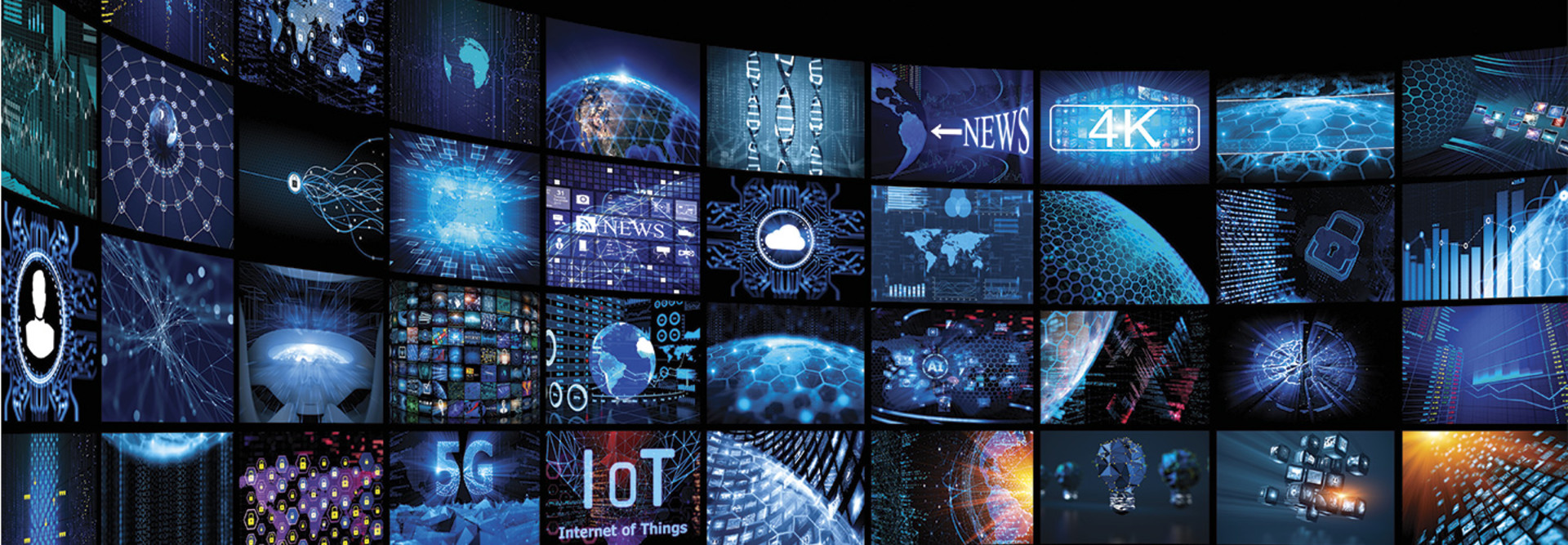How Colleges Use Audiovisual Experiences to Attract Tomorrow’s Students
Increasingly, colleges are integrating audiovisual technology into learning spaces. Students and faculty are more likely than ever to experience huge video walls on campus, high-brightness projectors in lecture halls and advanced visualization systems enabling immersive, interactive education — for good reason.
Prospective students live in a tech-rich, digital world, surrounded by AV experiences. Colleges and universities, therefore, are adopting AV technologies to help attract this generation of digital natives.
“Students come with an expectation that technology will be available to them,” said Craig Park, a committee member of the Society for College and University Planning who recently joined an EDspaces 2019 panel, “Integrating the Digital with the Physical to Create the Campus of the Future,” moderated by AVIXA, the Audiovisual and Integrated Experience Association.
Park cited North Carolina State University’s Hunt Library as a good example of an institution adopting leading-edge technology in the service of students and faculty.
“It shows off different kinds of technology-enabled learning spaces that any department can draw from and use,” he says.
MORE FROM EDTECH: See how colleges use videoconferencing to connect campus communities.
Advanced Display Technology Makes a Statement on Campus
Breakthroughs in display technology are among the most impactful ways colleges demonstrate their tech savvy. Recently, the University of Richmond finished its 56,000-square-foot Queally Center for Admission and Career Services, a welcome center and administrative office designed to serve as a “front door” for prospective students, families and recruiters.
AV experiences were central to the Queally Center’s design, says Doug West, the university’s assistant vice president for telecommunications, media support, user services and academic computing services.
“Visitors encounter video even before they enter, with digital signage out in front,” he says. “AV directs them throughout the building, from the video walls and touch-screen kiosks in the front, through a hallway lined with screens, to a video wall at the end. It all leads to a conference center with 12-foot screens, short-throw projectors and 82-inch displays programmed with custom content. It’s intended to be an immersive experience — and it is.”
University officials say the technology has improved the flow of people and processes, from recruiting freshmen to connecting them with prospective employers. And, with admissions, financial aid and career counseling under one roof, the AV technology allows the university to engage with students in a unified manner at all stages of their education.
MORE FROM EDTECH: Watch a video about innovation involving data analytics and college sports.
High-Resolution and Interactive Displays Increase Engagement Options
Often, when colleges develop signature facilities, such as NC State’s Hunt Library, AV is practically a requirement. Clemson University’s Watt Family Innovation Center, which opened in 2016, communicates the university’s commitment to delivering a 21st-century education.
The Watt Center was designed around nearly 200 displays, including an enormous multitouch LCD video wall, a 3D LCD video wall and various other high-resolution displays. Many are interactive, equipped with multitouch technology, and offer wired and wireless access to computers, laptops, tablets and other resources. Some function as split-screen, electronic whiteboards, letting users share information, ideas and projects, and they support digital signage, wayfinding, distance learning and videoconferencing.
At Oregon Health and Science University’s Knight Cancer Institute, designers installed a large LED video wall on the first floor that’s meant to be seen from outside, through the institute’s expansive windows, and to draw attention to its mission.
“The video wall allows the institute to tell the story of the science occurring in the building and change our message as the science changes,” says Director of Marketing and Strategic Communications Allen Tomlinson.
Planners also included a high-resolution, four-by-four-screen LED video wall in a 200-seat auditorium for scientific presentations and other communications. The installation also gives the institute another way to engage the public.
“We’re planning on using the video wall as a backdrop for some TED Talk-style presentations that will allow our scientists to inform the community about the work they are doing,” says Tomlinson.
Today’s AV technology can play multiple roles on campus. It allows college and university planners to create digital canvases that serve a variety of purposes, perhaps the most important of which is to connect with students and the community. In addition, weaving modern AV solutions into the campus experience exposes students to new modes of working that will serve them well after graduation.
Ron Cramer, a technology consultant at the University of Wisconsin, explained at EDspaces 2019 that feedback from alumni and local companies has influenced the university’s application of AV technology.
“We’re using technology that can help students become more effective at communicating and team building,” Cramer says. “This is the kind of environment we want to produce for them.”









